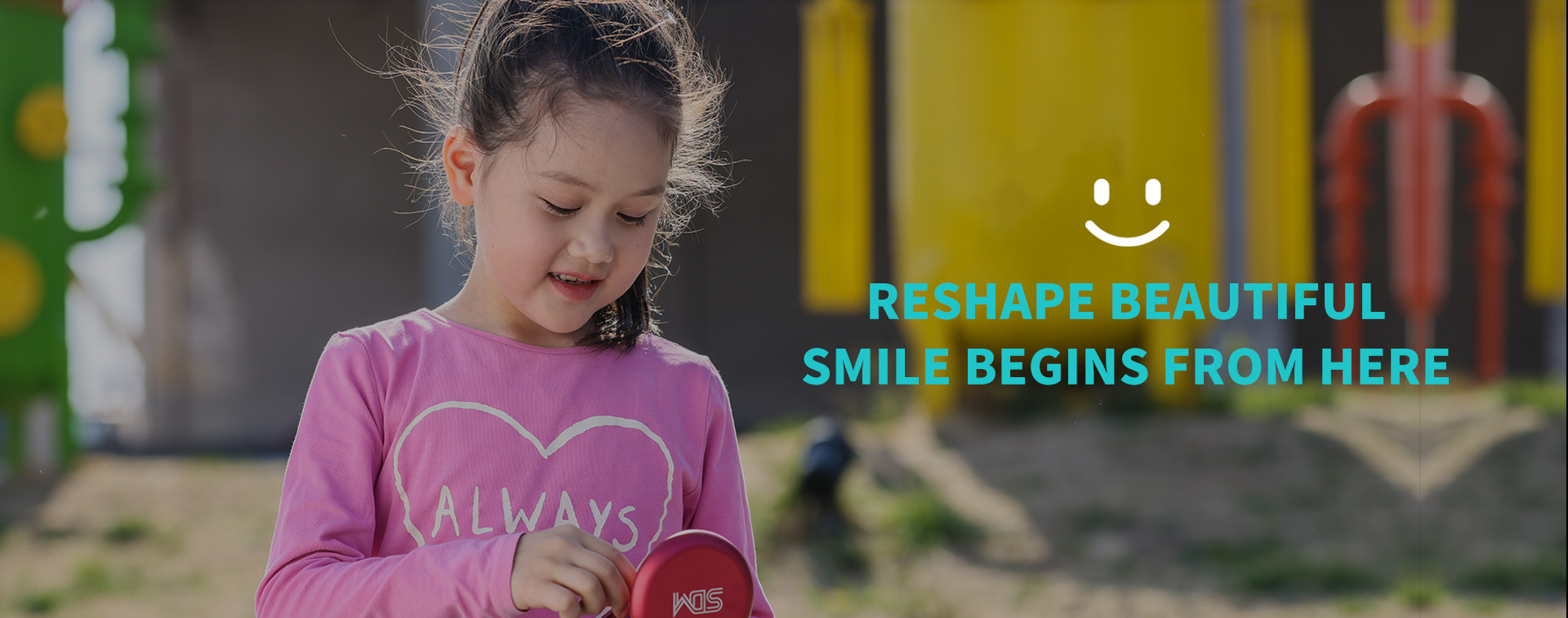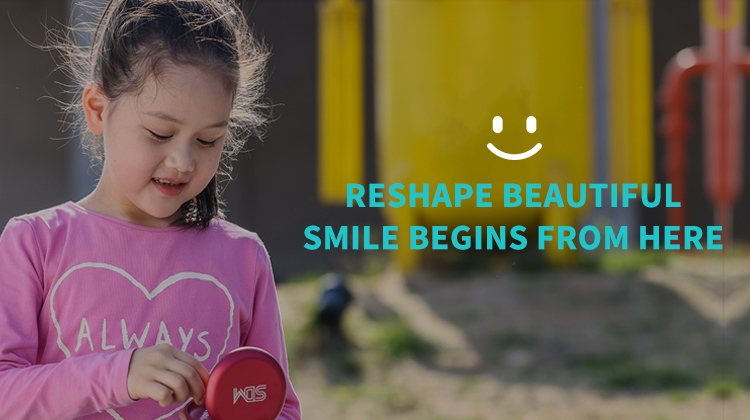-
What is the purpose of orthodontic treatment?
The goal of orthodontic treatment is to create a healthy, functional "bite," which is part tooth alignment and part jaw position. When the jaws and teeth are aligned correctly, they function like nature. This can promote oral health and general physical health. Orthodontic treatment also results in an attractive smile, which is an added bonus.
-
How will orthodontic treatment help my child?
Orthodontic treatment will help your child bite and chew and help with clear speech. When teeth function properly, they tend to look beautiful. A charming smile is a pleasant side effect of orthodontic treatment that can have emotional benefits. Confidence and self-esteem may increase as orthodontic treatment harmonizes the proportions of teeth, lips and face. Straight teeth are less prone to decay, gum disease and injuries.
-
Orthodontic treatment is just cosmetic, right?
Incorrect! Orthodontic treatment is much more than one might think. The improved appearance is a visible result. But when the teeth and jaw line up, that means function (biting, chewing, speaking) also improves.
A beautiful smile brought about by orthodontic treatment is an outward sign of good oral health and lays the foundation for a patient's overall health. Orthodontic treatment plays a bigger role in healthcare than is generally realized.
-
Where do children's orthodontic problems come from?
Most orthodontic problems are inherited. Some are "acquired" and develop over time through thumb or finger sucking, mouth breathing, dental disease, abnormal swallowing, poor dental hygiene or loss of baby teeth sooner or later, accidents and malnutrition. Sometimes, inherited orthodontic problems can be complicated by acquired problems. Regardless of the cause, orthodontists can usually successfully treat most conditions.
-
Don't kids' teeth straighten as they grow?
Unfortunately, a child's teeth do not straighten as he grows. The space available for permanent front teeth does not increase as a person grows. For most people, when the permanent molars (age 12) come in, there is less space available for the front teeth. Untreated orthodontic problems can get worse and more difficult to treat as children age. Untreated problems can lead to cavities, gum disease, broken front teeth and loss of the bone tissue that holds the teeth in place.
-
What is the optimal age for orthodontic treatment?
There is no one "correct" chronological age for orthodontic treatment. Ideally, children should not be evaluated for orthodontics later than age 7. But for those who need it, this is the ideal time to start treatment. The timing is determined by the type of problems the child has or may be developing and the stage of the child's dental development. Some patients may simply need to move their teeth, while others may need help directing their jaw growth, or correcting sucking habits or abnormal swallowing patterns that can reshape their bones. Rely on your orthodontist to advise your child on the ideal timing of treatment.
-
Why is it prescribed that children should see an orthodontist before age 7?
Around age 7, children will have both baby teeth (deciduous teeth) and permanent teeth. Examining the replacement of deciduous teeth by permanent teeth, and as the face and jaw grow, provides a wealth of information for the orthodontist. If a problem exists, or is developing, your orthodontist can advise you on whether treatment is recommended, when to start, what form it will take, and an estimate of how long it will last.
-
What if my child is over 7 - is it too late to check?
If your child is over 7 years old, it is not too late to check. If treatment is required, keep in mind that many patients start treatment between the ages of 9 and 16, depending on their physical development and treatment needs. Orthodontists are usually able to successfully treat most conditions.
-
Should we wait until my child has all the permanent teeth to see the orthodontist?
Do not. Waiting until all permanent teeth have erupted, or until facial growth is almost complete, can make it more difficult to correct some orthodontic problems. Once the face and jaw are no longer growing, some things can't be done.
Troubleshoot



